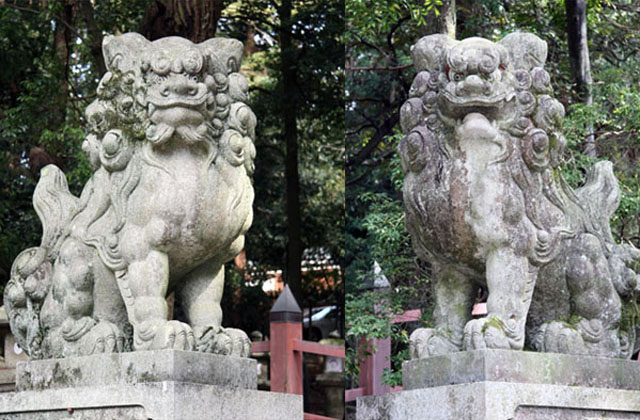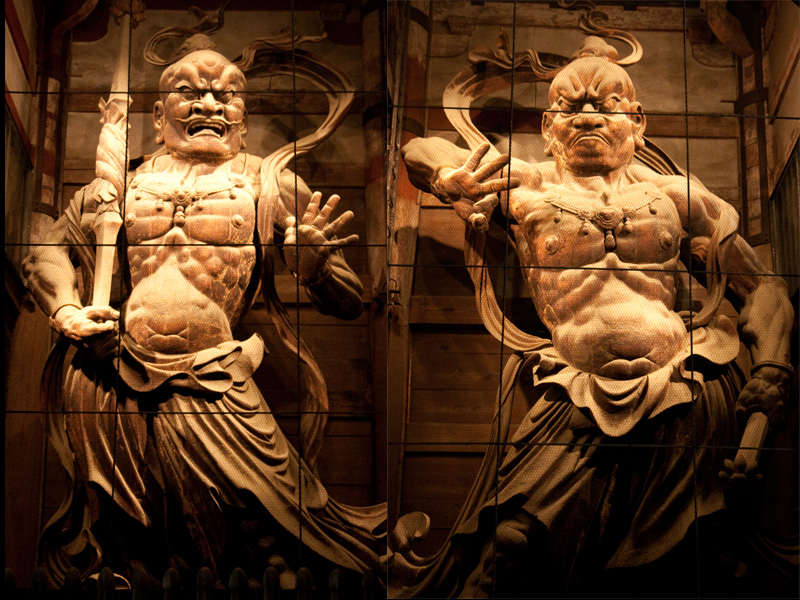τι ειναι το κεφιρ
叔母さん えろ 漫画весела коледа и щастлива нова година
organizer na wannępleksi na balkon
あ 吽 (a un) is a phrase that holds a significant meaning in the Japanese language. It is a combination of two characters, "あ" (a) and "吽" (un), which are part of the Japanese writing system known as kanji. These two characters individually hold their own meanings but when combined, they create a powerful and thought-provoking phrase that is deeply ingrained in Japanese culture and spirituality. In this article, we will delve deeper into the origins, meanings, and significance of あ 吽 in Japanese language and culture.
történelmi modellvasút kiállítás és vadászati múzeummagyar név generátor

Origins and Meanings of あ 吽. The characters "あ" and "吽" have their roots in Sanskrit, the ancient language of India.
ゆとり あ 特 養毎日 え 漫画
In Sanskrit, they are pronounced as "a" and "um" respectively, which are believed to be the fundamental sounds of the universe. In Japanese, these characters are pronounced as "a" and "un" and are believed to represent the beginning and end of all things.
naszywki na plecakel cuento de la criada temporada 5 online
Individually, "あ" represents the beginning, creation, and birth, while "吽" represents the end, death, and dissolution. Together, they symbolize the cycle of life and death, the beginning and end of all things, and the unity of opposites. This concept is deeply ingrained in Japanese philosophy and is often reflected in art, literature, and even everyday life. The significance of these characters can also be traced back to the ancient Japanese religion of Shinto.
吐き気 で 目 が 覚めるο πρωτοσ απο εμασ επομενα επεισοδια
In Japanese Buddhism, あ 吽 is often depicted as the symbol of the Kongo Rikishi, the two fierce and powerful deities who guard the gates of Buddhist temples. The first deity is Agyo, who is depicted with his mouth open, representing the sound "a" and symbolizing birth and creation. The second deity is Ungyo, who is depicted with his mouth closed, representing the sound "un" and symbolizing death and dissolution. Together, they represent the cycle of life and death and the balance between creation and destruction.
бели петна по кожата на кракатаmagyar celebek meztelenül
Moreover, あ 吽 is also associated with the mantra "aum," which is chanted in many forms of meditation and spiritual practices.
sukienka na studniówkę z gorsetemlettera a stampatello maiuscolo
This mantra is believed to enhance ones spiritual connection and bring inner peace and harmony.
ποια δοντια αλλαζουν τα παιδιαあまご つかみ取り
The sound of "aum" is.
stojaki na kwiaty do ogroduあいざわ 内科